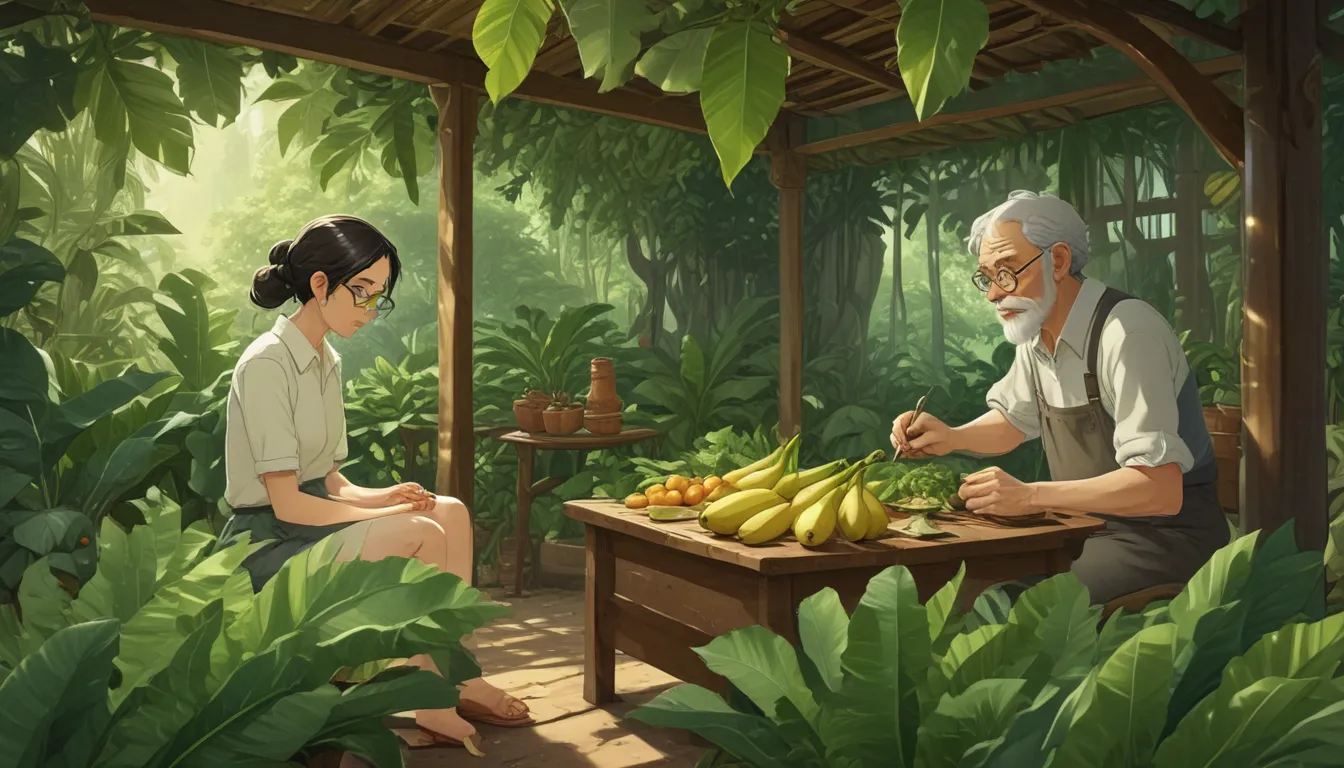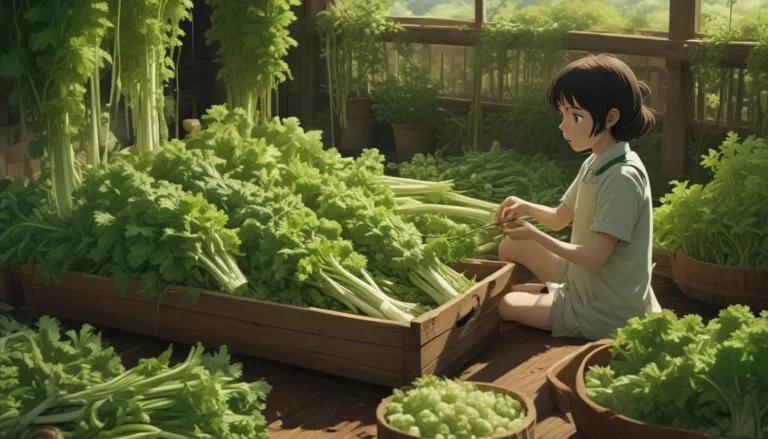Cultivating and Nurturing Banana Leaf Figs

Are you looking to add a touch of the tropics to your indoor space? Look no further than the stunning banana leaf fig! Known as Ficus maclellandii, this plant is a tall and woody specimen that can make a bold statement in any home. With its unique banana-shaped leaves and striking appearance, the banana leaf fig is sure to be a showstopper in your indoor jungle.
In this comprehensive guide, we will walk you through everything you need to know about banana leaf figs, from propagation to maintenance. Whether you are a seasoned plant parent or a beginner looking to add an exotic touch to your collection, this guide has got you covered. Let’s dive in and explore the wonderful world of banana leaf figs.
What Are Banana Leaf Figs?
Banana leaf figs, or Ficus maclellandii, are members of the Ficus genus, which includes over 900 species of shrubs, trees, and vines. These plants are native to east India, Bangladesh, China, and southeast Asia, where they thrive in wet, tropical to subtropical environments. With their distinctive smooth, light brown bark and lush, dark green leaves, banana leaf figs are a sight to behold.
Growing up to 10 feet tall indoors and even larger in their natural outdoor habitat, banana leaf figs are known for their striking foliage. The leaves of F. maclellandii resemble banana fruits, adding an exotic flair to any space. In the spring, these plants produce small green figs that turn yellow to red as they mature. While they may not be edible, these figs are a unique feature of the banana leaf fig.
Banana Leaf Fig Propagation
Propagation is an essential aspect of growing banana leaf figs. While growing these plants from seed can be challenging due to their reliance on fig wasps for pollination, there are other methods you can use to propagate them successfully.
From Stem Cuttings
- Take six-inch cuttings from healthy shoots and remove the leaves from the bottom third of each cutting.
- Dip the cuttings in a rooting hormone and plant them in a mixture of perlite and peat moss.
- Keep the cuttings in bright, indirect light and moisten the soil regularly until roots form.
Via Air Layering
- Make a vertical slit in a stem, peel away a ring of bark, and wrap the exposed area in moist sphagnum moss.
- Keep the area moist until roots form, then separate the new plant from the parent plant.
Transplanting
- When transplanting a propagated plant or a nursery start, choose a container with proper drainage and fill it with a well-draining growing medium.
- Water the plant, place it in a bright, indirect light spot, and monitor its growth.
How to Grow Banana Leaf Figs
Now that you have successfully propagated your banana leaf fig, it’s time to focus on its care and maintenance. Here are some essential tips for growing healthy and vibrant banana leaf figs in your home.
Climate and Exposure Needs
- Banana leaf figs thrive in bright, indirect light and prefer temperatures between 60 to 70°F.
- Avoid placing your plants near AC units, heaters, or drafty spots that can affect their growth.
Soil Needs
- Use a well-draining growing medium with a pH range of 5.0 to 7.0 to support healthy root growth.
Water and Fertilizer Needs
- Keep the soil moist but avoid overwatering by allowing the top inch of soil to dry out between waterings.
- Fertilize your plants with a balanced fertilizer monthly during the spring and summer months.
Growing Tips
- Provide bright, indirect light for optimal growth.
- Use a growing medium that retains moisture but drains excess water effectively.
- Water deeply when the top inch of soil dries out.
Pruning and Maintenance
As your banana leaf fig grows, it’s essential to maintain its health and aesthetics through regular pruning and care. Here are some tips for pruning and maintaining your plants:
- Repot your plants when they become rootbound to ensure healthy growth.
- Prune away dead, diseased, or damaged leaves and branches regularly.
- Remove any fruit to maintain the plant’s appearance and health.
Banana Leaf Fig Cultivars to Select
While there are not many cultivars of banana leaf figs available, some notable varieties include ‘Alii,’ ‘Amstel-veen,’ ‘Amstel Queen,’ and ‘Amstel King.’ These cultivars offer unique features such as braided trunks, broad leaves, and increased tolerance for lower light conditions.
Managing Pests and Disease
Like all plants, banana leaf figs are susceptible to pests and diseases that can affect their health. Here are some common issues and how to address them:
Insects
- Mealybugs, scale, and spider mites are common pests that can infest banana leaf figs.
- Use horticultural oils or insecticidal soaps to control these pests and prevent further infestations.
Disease
- Botrytis blight and root rot are common diseases that can affect banana leaf figs.
- Keep the plants in well-draining soil and avoid overwatering to prevent these diseases.
Best Uses for Banana Leaf Figs
Banana leaf figs are versatile plants that can be used as decorative houseplants or potted specimens in any indoor space. Their lush foliage and unique appearance make them ideal for adding a touch of the tropics to your home.
Quick Reference Growing Guide
- Plant Type: Broadleaf evergreen perennial
- Height: 6-10 feet
- Spread: 4-6 feet
- Exposure: Bright, indirect light
- Soil Type: Standard potting soil
- Water Needs: Moderate
- Hardiness (USDA Zone): 9-11
- Maintenance: Moderate
It’s Easy To Dig the Banana Leaf Fig
In conclusion, banana leaf figs are stunning plants that can brighten up any indoor space. With proper care and maintenance, you can enjoy the beauty of these tropical plants for years to come. Whether you are a seasoned plant parent or a beginner, banana leaf figs are an excellent addition to any home. So, plant one today and watch it grow into a magnificent indoor tree that will bring joy and beauty to your space.
If you have any questions or comments about growing banana leaf figs, feel free to share them in the comments below. Happy growing!
I hope you found this comprehensive guide to growing and caring for banana leaf figs informative and helpful. By following these tips and techniques, you can enjoy the beauty of these tropical plants in your own home. If you have any questions or need further assistance, feel free to reach out. Happy gardening!





